Elephants are among the most fascinating creatures on our planet, known for their intelligence, social structures, and unique physical characteristics. While there are a few different species of elephants, the two most recognized are Asian Elephants (Elephas maximus) and the African Elephant (Loxodonta africana). Although they share some similarities, these two species exhibit a range of differences that are worth exploring. In this article, we will delve into the physical, behavioral, and ecological distinctions between Asian and African elephants.
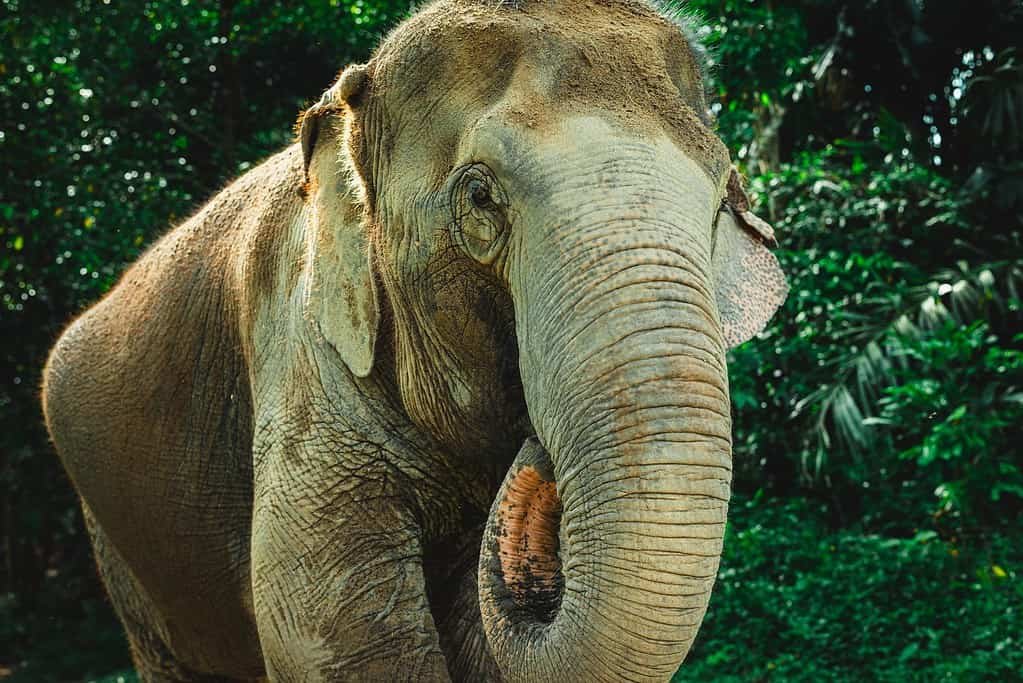
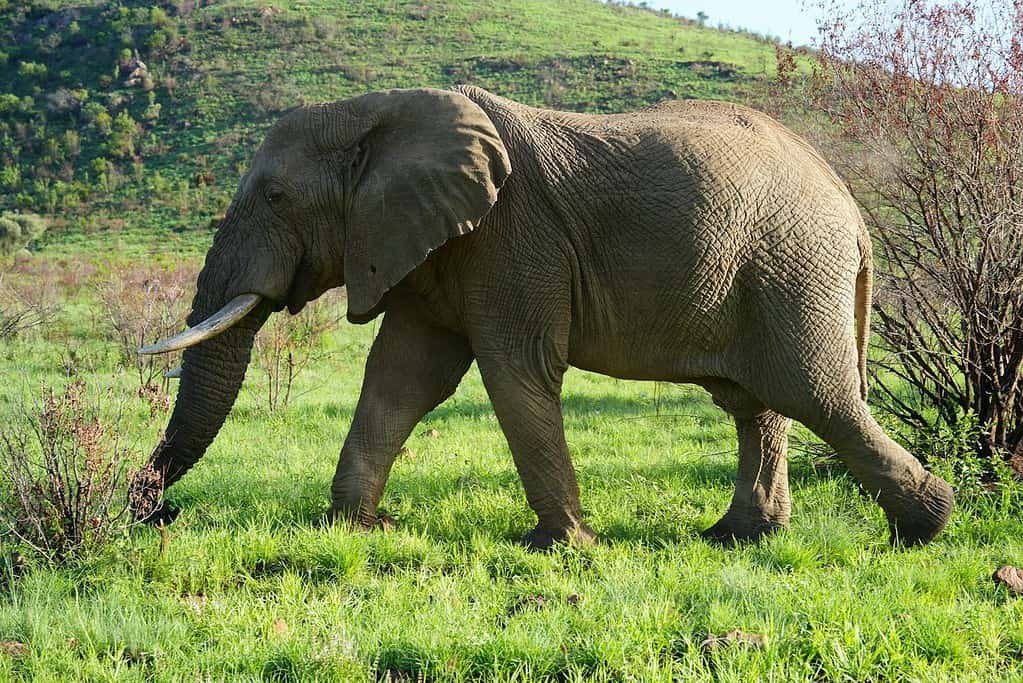
Ears
One of the most noticeable differences between Asian and African elephants is the size and shape of their ears. African elephants have large, fan-shaped ears that can be compared to the outline of the African continent. These expansive ears serve a crucial purpose: they help regulate body temperature. The larger surface area allows for more heat dissipation, which is particularly beneficial in the hotter climates of Africa.
In contrast, Asian elephants have smaller, rounder ears. While they also use their ears to cool down, the smaller size is sufficient for their needs, as they typically inhabit more temperate regions. This difference in ear size is a clear adaptation to their respective environments.
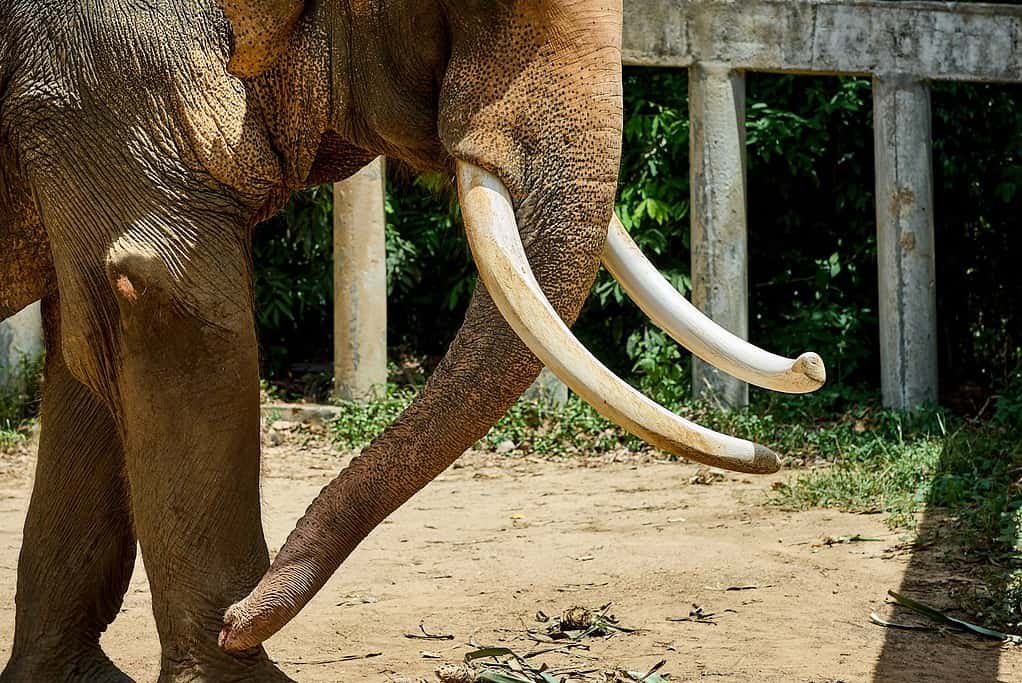
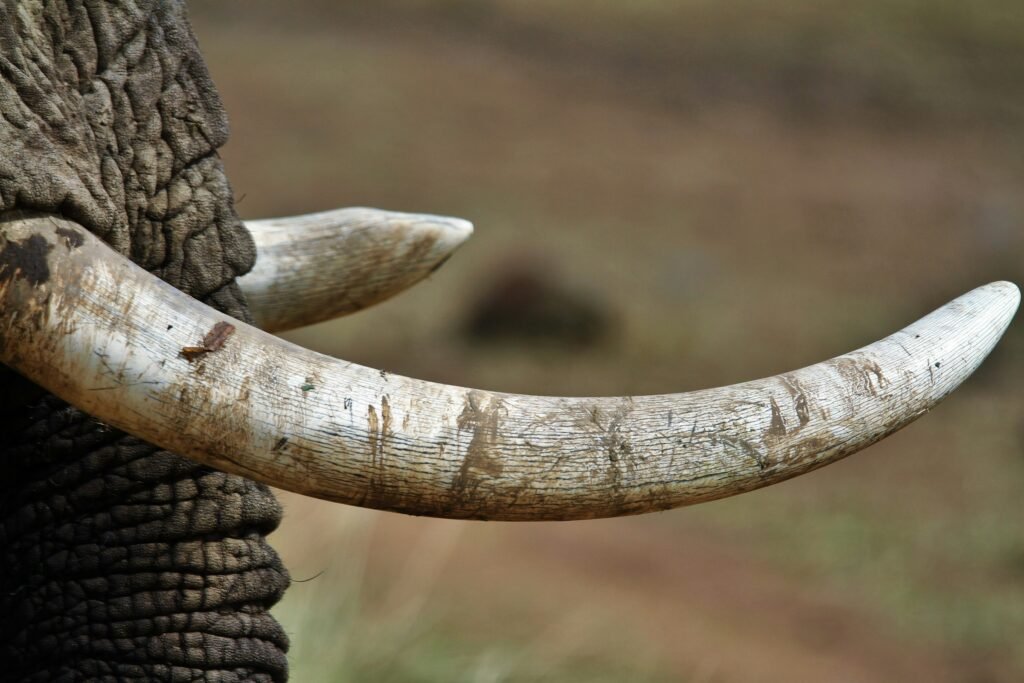
Tusks
Tusks are another significant distinguishing feature. In African elephants, both males and females can develop tusks, which are elongated incisor teeth that serve various purposes, including foraging, digging, and defense. In contrast, only male Asian elephants grow tusks, while females possess smaller, less prominent tusks known as “tushes.” These tushes are not as developed as the tusks of African elephants and are often not visible.
Head Shape
The shape of the head is another area where these two species diverge. African elephants have a rounded head with a smooth contour, lacking the prominent divot found in their Asian counterparts. Asian elephants, on the other hand, have what is referred to as a “twin-domed” head, characterized by a noticeable indentation running down the center. This difference in head shape is not just aesthetic; it reflects variations in skull structure and function.
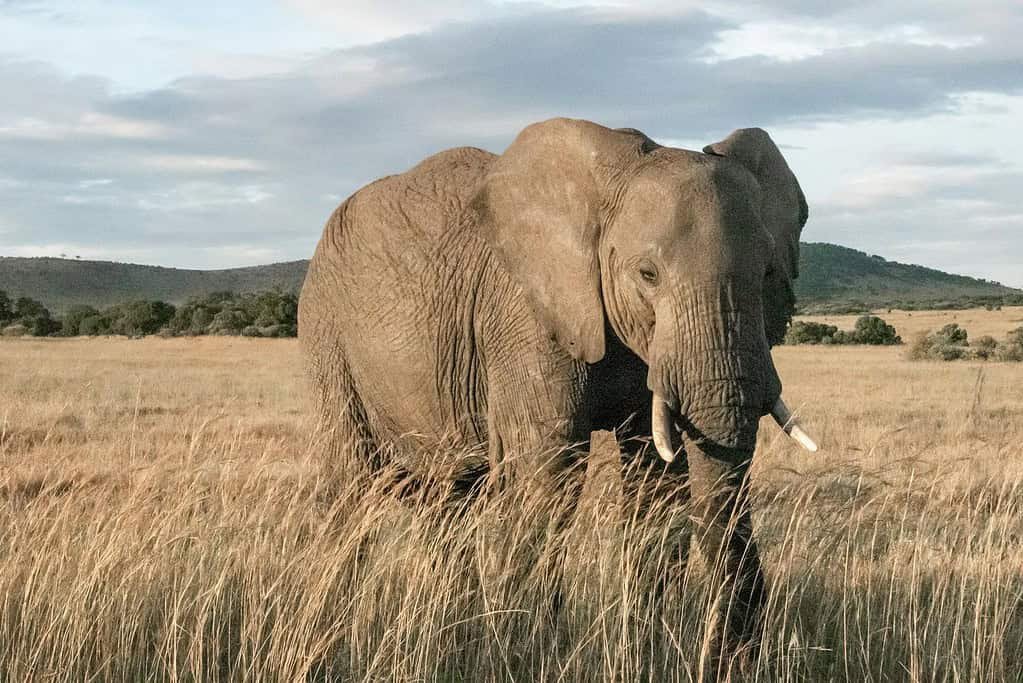
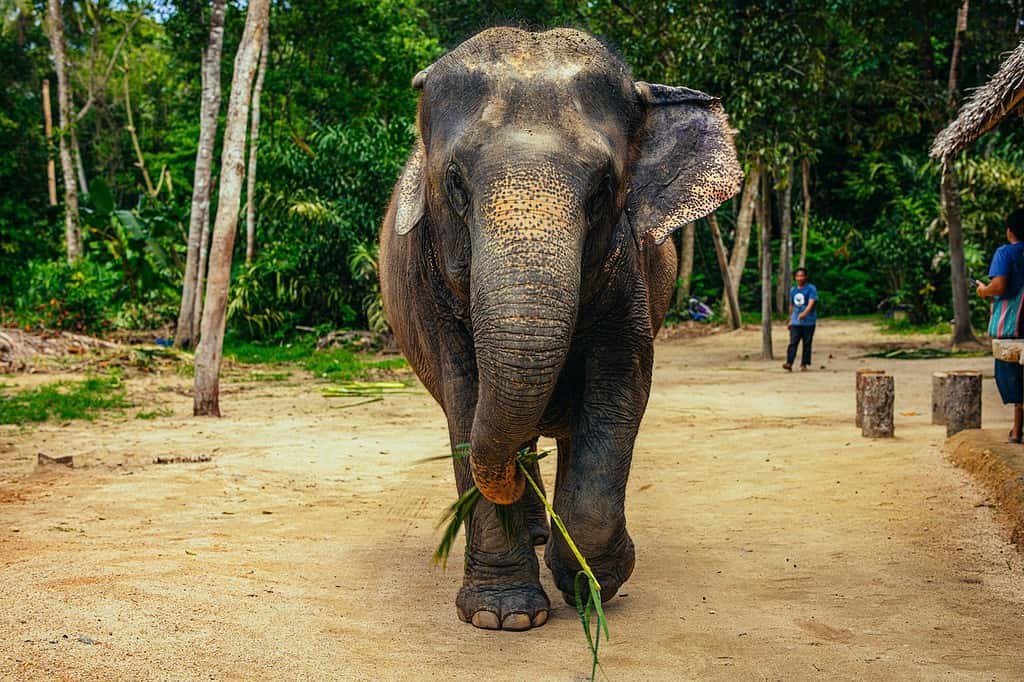
Size and Weight
In general, African elephants are larger than Asian elephants. Adult African males can weigh between 10,000 to 14,000 pounds, while females typically weigh around 5,000 to 8,000 pounds. Asian elephants, however, are smaller, with males weighing between 8,800 to 11,000 pounds and females ranging from 5,000 to 6,600 pounds. This size difference is evident when observing the two species side by side.
Feet and Toenails
The feet of these elephants also differ. African elephants have larger, more rounded feet with a greater number of toenails—typically five on the front feet and four on the back. Asian elephants usually have a different configuration, with three toenails on the back feet and five on the front. This variation in foot structure is adapted to their respective habitats, influencing how they move and interact with their environment.
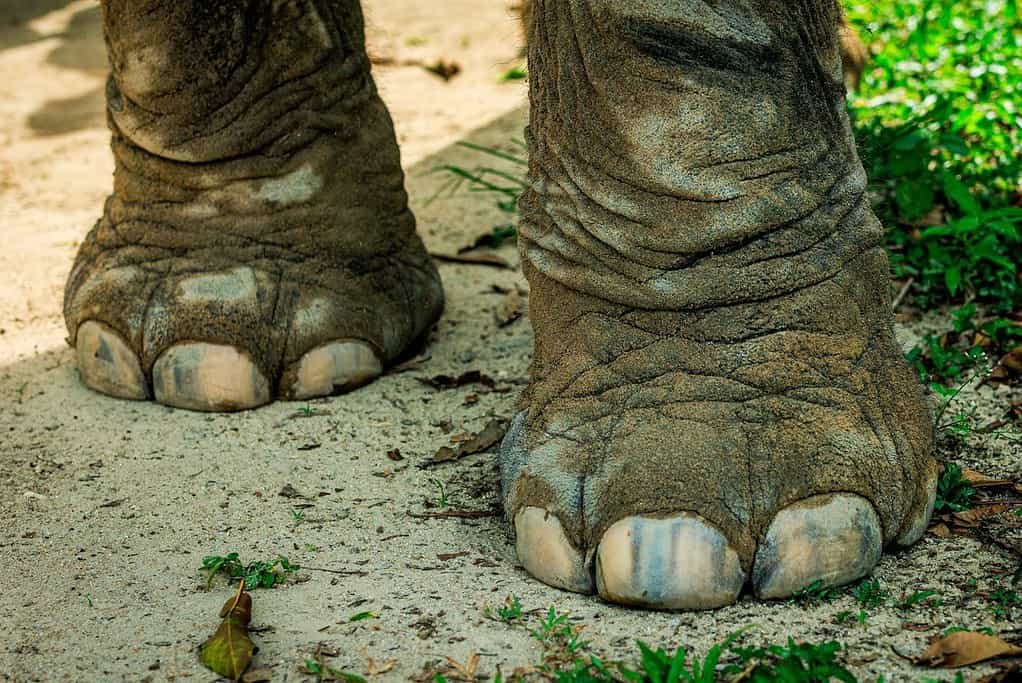
Skin Texture
The skin of both species is thick and wrinkled, but there are subtle differences. African elephants tend to have more pronounced wrinkles and a rougher texture, which helps with moisture retention in their arid habitats. Asian elephants have smoother skin, which can vary in color from gray to brown, often with patches of depigmentation.
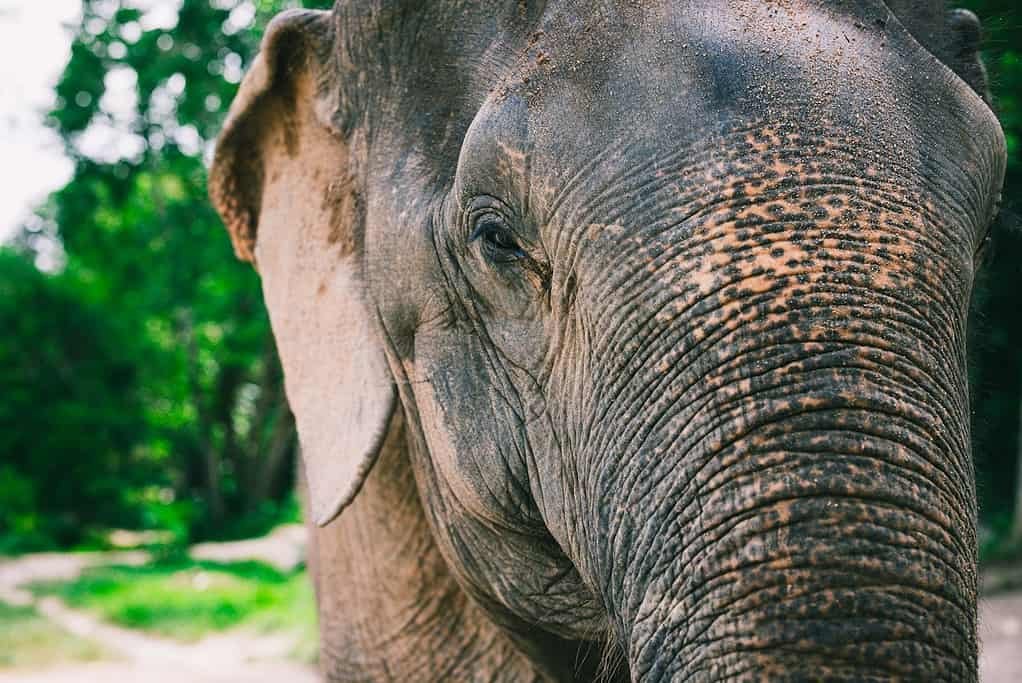
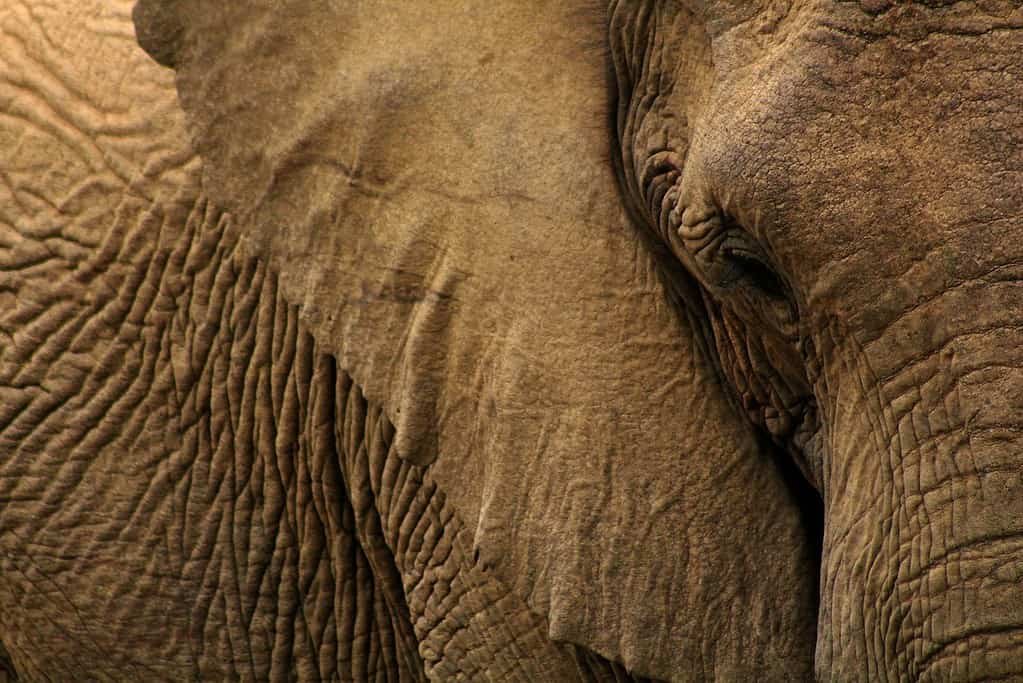
Social Structure
Both Asian and African elephants exhibit complex social structures, but there are notable differences in their social dynamics. Both species are matriarchal, meaning that herds are led by the oldest and often largest female. In African elephant herds, females tend to stay with their maternal groups for life, while males leave the herd upon reaching maturity, usually around 10 to 15 years of age.
Asian elephants also have matriarchal societies, but their social groups can be more fluid. Males may remain with their maternal herds longer than African males, and the dynamics can vary significantly based on environmental factors and available resources.

Communication
Both species are known for their sophisticated communication skills, utilizing a range of vocalizations, body language, and even infrasound—low-frequency sounds that can travel long distances. However, African elephants are often noted for their more extensive vocal repertoire, which includes trumpets, rumbles, and growls. Asian elephants also communicate effectively but may rely more on physical gestures and touch within their social groups.
Habitat and Range
Geographically, Asian and African elephants do not overlap in the wild. African elephants are primarily found in sub-Saharan Africa, inhabiting savannas, forests, and deserts. In contrast, Asian elephants are distributed across various countries in South and Southeast Asia, including India, Sri Lanka, and Thailand, where they inhabit forests and grasslands.
This separation in habitat is crucial for conservation efforts, as it necessitates the creation of distinct environments tailored to the needs of each species. Rescues and sanctuaries often design specialized habitats to accommodate the unique requirements of Asian and African elephants, ensuring their well-being and comfort.

And so…
While Asian and African elephants share some fundamental traits, they are distinct species with a variety of differences in physical characteristics, social structures, and habitats. Understanding these differences is essential for conservation efforts and for appreciating the unique qualities of each species.

Good report, but you have forgotten to say that an Asian elephant has one “finger” at the end of its trunk, whereas an African elephant has two fingers, enabling them to pick up food more easily.